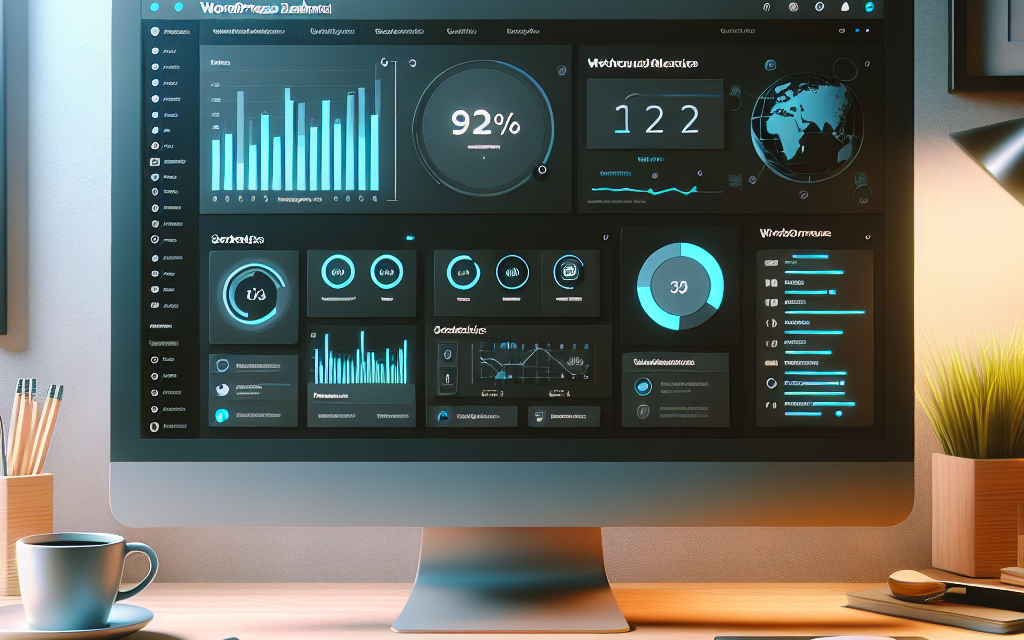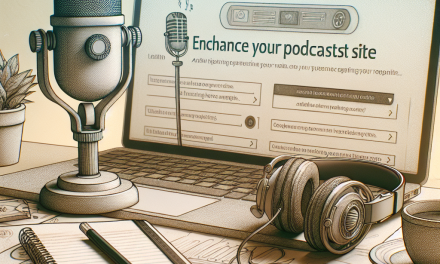In today’s digital landscape, a well-designed user dashboard can significantly enhance the experience of your website visitors. For WordPress users, creating dashboards that are tailored to their specific needs is more achievable than ever, thanks to a wealth of plugins and built-in features. In this article, we’ll explore how to craft user-centric dashboards in WordPress, empowering users while also improving overall site functionality.
Understanding User Needs
Before diving into dashboard customization, it’s vital to understand the needs of your users. Are they looking for quick access to information? Do they require specific functionalities to complete their tasks? Conducting surveys or analyzing user behavior can provide valuable insights into what your users truly desire.
Key Features of a User-Centric Dashboard
-
Customizable Widgets
- One of the easiest ways to create a user-friendly dashboard is through customizable widgets. With plugins like WP Dashboard Notes, you can allow users to create notes, reminders, and tasks directly in their dashboard. This helps keep relevant information at their fingertips.
-
User Roles and Permissions
- Understand that different users have different needs. By assigning roles and permissions via WordPress user management, you can customize what each user sees upon logging in. This way, admins can have access to backend functionality, while contributors and subscribers can view a simpler interface. Learn more about user roles in the official WordPress documentation.
-
Analytics at a Glance
- Integrating analytics can provide users insights right from their dashboard. Tools like MonsterInsights can display site performance metrics, letting users see how their content performs without navigating away from their dashboard.
-
Quick Links and Shortcuts
- Adding quick links or shortcuts to frequently used tools can significantly enhance user experience. Utilizing plugins such as Admin Menu Editor helps to reorganize and hide menu items to create a more intuitive navigation system tailored to your user group.
-
Personalization Options
- Allow users to personalize their dashboards by selecting themes, colors, or layouts. With plugins like Custom Dashboard Widgets, you can provide options for users to create a dashboard that reflects their personal preferences.
- Feedback Mechanism
- Incorporating a feedback system directly in the dashboard can help you gather user opinions and continuously improve the interface. Simple forms can be created with plugins such as Contact Form 7, allowing you to adjust the dashboard based on real user input.
Best Practices for Designing User-Centric Dashboards
- Simplicity is Key: Avoid clutter by designing a simple layout that highlights the most important information.
- Use Visual Elements: Incorporate charts and graphics to convey complex data quickly.
- Regular Updates: Keep the dashboard content relevant and up-to-date to maintain user engagement.
- Testing: Continuously test and gather feedback to refine and enhance the user experience.
Conclusion
Crafting user-centric dashboards is essential for enhancing the overall experience and usability of your WordPress site. By prioritizing user needs and leveraging the right tools and plugins, you can create an engaging and effective dashboard that encourages user interaction and satisfaction.
To take your WordPress experience to the next level, consider checking out WafaTech NextGen WordPress Hosting. Our optimized hosting solutions ensure that your site runs smoothly while providing robust support to help you succeed. Visit us for more details and elevate your WordPress journey today!
References
- WordPress Official Documentation
- WP Dashboard Notes Plugin
- MonsterInsights Plugin
- Admin Menu Editor Plugin
- Custom Dashboard Widgets Plugin
- Contact Form 7 Plugin
Start crafting a user-centric dashboard today and transform how your users engage with your site!





